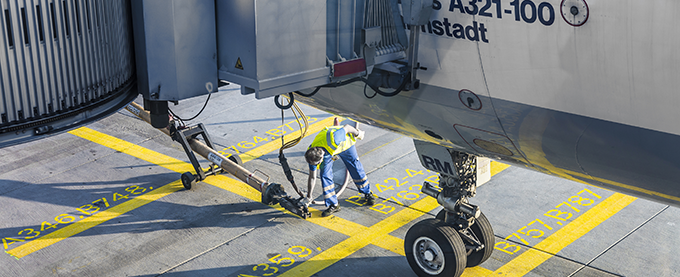It is not possible to separate the Safety Management System from the need to manage HF in the most effective way. In fact the more integration the better in terms of understanding and managing the exposure.
All the elements which are considered as part of our Aviation Maintenance Human Factors Exposure to maintenance error may typically be accommodated and addressed as part of the delivery of the SMS system. If we are able to study and take appropriate action in respect of the human factors issues, we will be able to better prepare to deal with human factors issues and behaviours in our daily routine.
Driven by ICAO obligations European Countries (as well as the rest of the world) are required to demonstrate compliance with the requirements of ICAO annex 19. In respect of countries which follow the requirements directly driven by EASA regulations the picture is somewhat confused as EASA organisations are only required by regulation 965/2012 to implement a proactive SMS.
Whilst Regulation 1321/2014 does not currently contain provision for a proactive SMS it still remains a country by country obligation as a condition of membership of the United Nations (UN)
Notwithstanding the above many EASA Part 145 organisations are choosing to introduce a safety management systems (SMS) as it is essentially good for business! (as well as providing real and tangible benefits if done correctly).
A real SMS will not focus on the need to demonstrate regulatory compliance which is essentially minimum compliance rather it will focus on continual improvement through the ongoing measurement of performance and the identification of hazards together with effective analysis to ensure the management of risk and development of mitigations and solutions.
A measure of a strong organisational HF/ SMS system will be evidenced by highly visible internal reporting processes together with strong HF Training led awareness plus an individual understanding and focus on risks in the work places.
The best possible HF Training program will integrate the human factors training within the framework of the organisations Safety Management System – SMS. Consider that the HF exposure created by the role of Manager or Supervisor is very different to that experienced by for example a Line Mechanic or a person working within a component workshop. For example the manager who under resources a task creates a pressure (HF) on the worker, which may result in Stress (HF) which could become a precursor for a potential HF event.
Key areas to consider when delivering HF training include dealing with an adult group in terms of effective education. Ensuring we deliver effective material, finding and agreeing the cause of errors.
About Sofema Aviation Services
Sofema Aviation Services (SAS) has built up a strong reputation for providing effective support and delivering EASA and ICAO compliant regulatory and vocational training for more than 8 years. Providing Regulatory & Vocational training for 1000′s of delegates and 100′s of training courses – currently we are offering in excess of 200 courses, please see here for details.
SAS has so far successfully completed several training programs in Bangkok and we have welcomed more than 200 delegates on our EASA Compliant Regulatory Courses.
We are planning more open training courses later in the year and we are also available to deliver “in company” training direct in your organisation. If you have 7 to 8 delegates who require a training the In Company is often the best way to go.
For details and enquires please email office@sassofia.com




